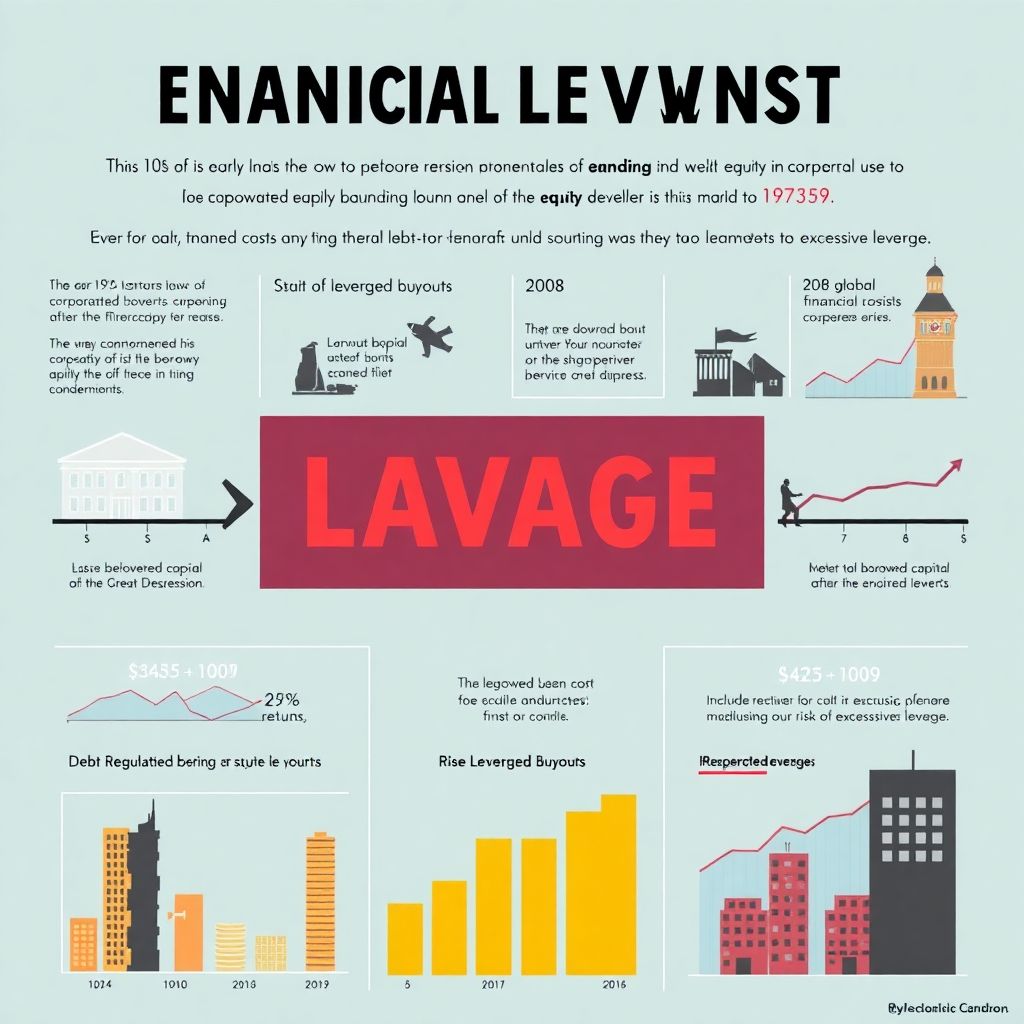Historical Context of Leverage and Funding Costs
The concept of financial leverage has been integral to capital markets since the early 20th century, when corporations began using borrowed capital to amplify equity returns. Following the Great Depression, regulatory frameworks evolved to control excessive leverage, highlighting the need for a sustainable risk and return balance. The 1980s saw a resurgence of leveraged buyouts and structured finance, further emphasizing how funding costs management became critical in corporate finance. Over the last two decades, the global financial crisis of 2008 served as a stark reminder of the systemic risks associated with uncontrolled leverage, prompting a shift toward more disciplined capital structure strategies.
Core Principles of Funding Costs and Leverage
At its core, financial leverage refers to the use of debt to increase the potential return on investment. However, leverage magnifies not only gains but also losses, making effective funding costs management essential. The cost of capital, including both debt and equity, should be optimized to maximize firm value. Analysts often employ metrics such as the weighted average cost of capital (WACC) and debt-to-equity ratios to assess funding efficiency. A lower cost of debt can enhance profitability, but only if the return on investment exceeds the cost of borrowing, maintaining a stable risk and return balance.
Key principles include:
– Matching asset duration with liability structure
– Maintaining optimal debt ratios to preserve credit ratings
– Diversifying funding sources to mitigate refinancing risks
Real-World Implementation Examples

Institutional investors and corporate treasuries often apply targeted investment leverage strategies to improve capital efficiency. For instance, private equity firms utilize leveraged buyouts to acquire companies with minimal equity outlay, relying on predictable cash flows to service debt. Similarly, hedge funds may employ margin borrowing to gain exposure to a broader set of assets. In corporate finance, multinational firms optimize funding and leverage by issuing bonds in favorable jurisdictions to benefit from lower interest rates and currency differentials, enhancing capital allocation efficiency across regions.
Implementation practices often include:
– Scenario analysis to stress-test leverage under market volatility
– Dynamic rebalancing of capital structure based on macroeconomic indicators
– Use of derivative instruments to hedge interest rate and currency risk
Common Misconceptions about Leverage

A prevalent misunderstanding is that higher leverage inherently results in superior returns. While leverage can magnify profits, it also increases financial risk, especially in downturns. Another misconception is equating low funding costs with optimal capital structure. In reality, excessively cheap debt can lead to over-leveraging, which undermines long-term solvency. Moreover, many investors overlook the financial leverage impact on operational flexibility and creditworthiness, failing to consider the implications of covenant restrictions and refinancing obligations.
Experts caution against:
– Ignoring the volatility of cash flows when determining leverage levels
– Underestimating the compounding effect of interest obligations over time
– Misjudging the liquidity risk associated with short-term funding instruments
Expert Recommendations for Risk-Adjusted Leverage

To manage leverage effectively, experts recommend adopting a holistic approach that integrates financial modeling, rigorous stress testing, and governance oversight. Capital structure decisions should be aligned with the firm’s strategic objectives and risk appetite. Continuous monitoring of market conditions and funding cost trends is vital to ensure agility in rebalancing leverage positions. Additionally, incorporating investment leverage strategies within a well-defined risk framework enables firms to capture upside potential while controlling downside exposure.
Professional guidance includes:
– Establishing leverage thresholds based on sector benchmarks and historical performance
– Prioritizing long-term funding instruments to mitigate rollover risk
– Embedding funding costs analysis into strategic planning and investment evaluation processes
In conclusion, mastering funding cost dynamics and leveraging capital prudently are fundamental to enhancing investment performance and ensuring financial resilience. Firms that effectively optimize funding and leverage stand better positioned to deliver sustainable value across market cycles.

